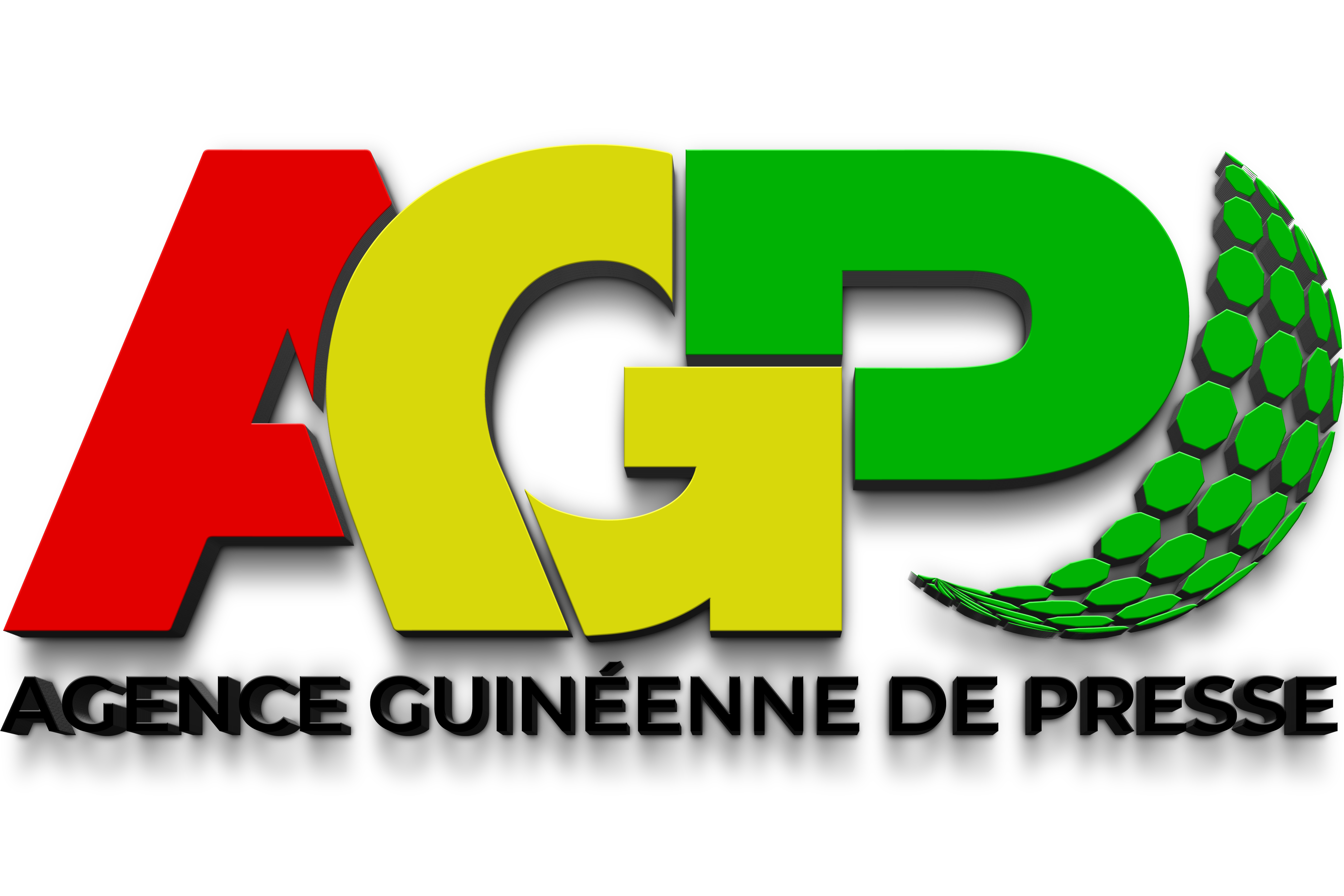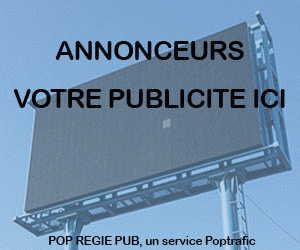Content
Patients in rehab may consider skipping treatment sessions or support group meetings to spend time with their friends and family. A break in the routine may leave periods of isolation where patients may be inclined to use substances. People at risk of a relapse should avoid stressful situations that are likely to push them to use drugs and alcohol. Friends and family may not understand the consequences of negative behaviors toward people in recovery. These behaviors can make the individuals feel alienated and push them toward substance use. You will also find information on spotting the signs and symptoms of substance use and hotlines for immediate assistance. We provide integrated treatment for mental health disorders and addiction.
What is the difference between internal and external triggering events?
An internal event trigger is defined by one or more internal entity conditions that, when met, cause the trigger to be considered active. An external trigger is defined by an externally managed date occurrence.
Friends & Family that Use Drugs– Managing your relationships in recovery is important. While avoiding former drug dealers may seem obvious, it is also important to avoid spending time with, or communicating with, people you know who use drugs. https://ecosoberhouse.com/ This can not only trigger a relapse but can also create negative peer pressure. Whether your triggers are emotional distress or a specific situation, it is essential that you know what compels you to use when trying to lead a life of sobriety.
Situations That Trigger Relapses
Once you note the trigger, tell yourself that you are in trouble and act to protect your recovery. It’s understandable to be concerned about relapse after completing a substance abuse treatment program. Triggers may seem to be everywhere, and you might want to isolate yourself to avoid them. If you do relapse because of your triggers, using substances can be deadly.
- If this is a medical emergency or there is immediate danger of harm, call 911 or visit a hospital emergency department and explain that you need support for a mental health crisis.
- Techniques like surfing the urge and thinking of our cravings as leaves on a stream are mental skill-building exercises that can help us stop impulsively giving in to distractions.
- When you’re once again exposed to those things, during your recovery and after detox, the brain brings back that association with drug use.
- Internal triggers are thoughts and emotions that can cause cravings to use.
It is important for designers to consider these issues and design in a way that is respectful of users’ rights. Part of setting up a safe recovery environment entails eliminating as many triggers as possible. It can be painful, for example, to let go of important relationships contaminated by addiction. Some people have to move and start a new life elsewhere to avoid the many triggers in their lives.
Implications of Internal Triggers in Marketing
Many things can trigger a relapse, but often, people who return to risky living environments after treatment are much more likely to relapse than those who don’t. Triggers can cause individuals to develop a “flight or fight response.” Since triggers can cause great distress and anxiety, it is often suggested for those struggling to get help.

During therapy for people experiencing emotional relapse, patients are encouraged to identify their denial and focus on self-care. Researchers deduced that the amygdala played an important role in producing focused and exclusive desire, similar to drug addiction. Internal triggers act in reverse, associating these signals to the substances that elicit them. Treatment for addiction takes many forms and depends on the needs of the individual. In accordance with the American Society of Addiction Medicine, we offer information on outcome-oriented treatment that adheres to an established continuum of care. In this section, you will find information and resources related to evidence-based treatment models, counseling and therapy and payment and insurance options. Triggers are a normal part of addiction recovery, but if left unchecked they can lead to a relapse.
Individual Therapy
Various forms of meditation and mindfulness can be useful for this. An addiction trigger refers to any event that causes a person in recovery to want to use. These events can be internal, like feelings or thoughts, or external. Others say trigger warnings can reinforce avoidance behaviors, which might only exacerbate PTSD in the long term.
Disney Reveals Plans for Imagineering’s New Campus in Lake … – Disney Tourist Blog
Disney Reveals Plans for Imagineering’s New Campus in Lake ….
Posted: Mon, 30 Jan 2023 16:25:32 GMT [source]
Of course, the Instagram purchase price was driven by a host of factors including a rumored bidding war for the company. This just means the service feature itself is the external trigger. Like for example, the Instagram slogan “Fast beautiful photo sharing” which attracted millions of new users and as we know the product keeps them coming back . It’s because, to develop a hook in your product and/or service and get your customer to keep coming back, you must understand why your customers get addicted to things. Internal triggers are those emotions behind the addictions tied to your product or service. The information provided through should not be used for diagnosing or treating a health problem or disease. If you have or suspect you may have a health problem, you should consult your health care provider.
What is a Trigger?
What may be a normal, everyday situation or minor inconvenience for some may be triggering to someone living with mental illness. Some people cope with stressful events more easily than others; consider the impact such events might have on people with mental illnesses. The term « triggered » refers to the experience internal and external triggers of having an emotional reaction to a disturbing topic in the media or a social setting. However, there is a difference between being triggered and being uncomfortable. Avoiding your triggers is the most effective way to avoid having PTSD symptoms. You cannot avoid your thoughts, emotions, and bodily sensations.
- During the initial phases of your recovery, free time may prompt your mind to wander towards thoughts of using.
- The same applies to other distractions like checking our phones too much, eating junk food, or excessive shopping.
- Memories can also give rise to intrusive thoughts and emotions, which can be triggers themselves.
- Sadness, anger, fear, anxiety, and feeling overwhelmed often engage the feeling of not being in control.
- Sonia holds a bachelor’s degree from the Florida Institute of Technology.
- While triggers do not force a person to use drugs, they increase the likelihood of drug use.
A relapse trigger, whether internal or external, is something that sets off cravings in recovering individuals. Failure to address and maintain these triggers during the recovery process only serves to increase the risk of relapse.





